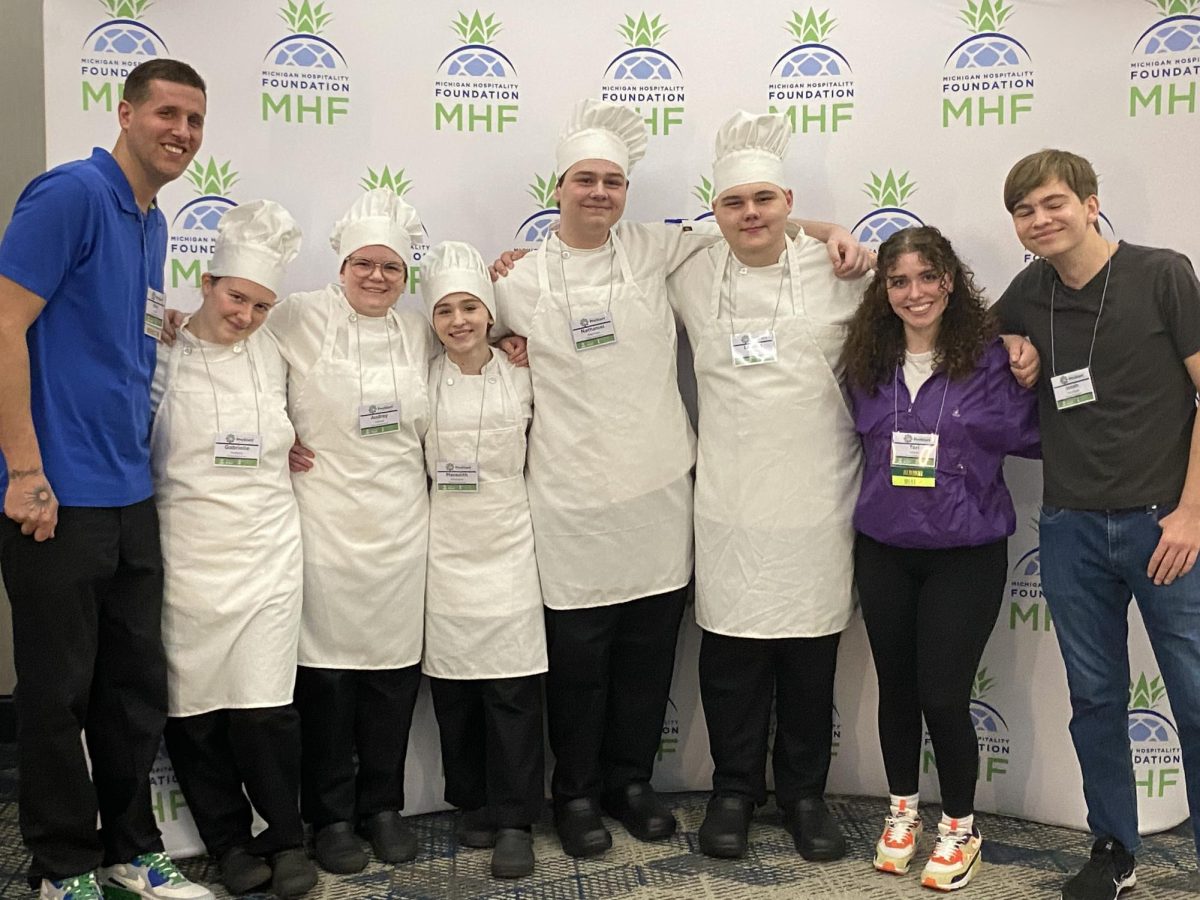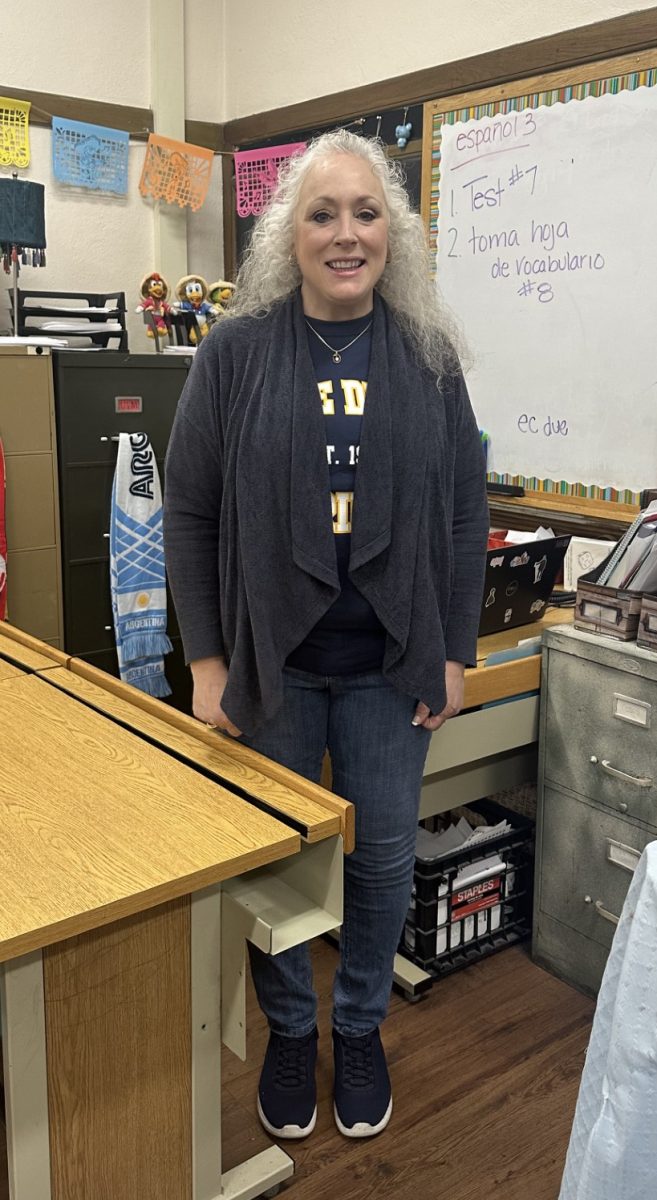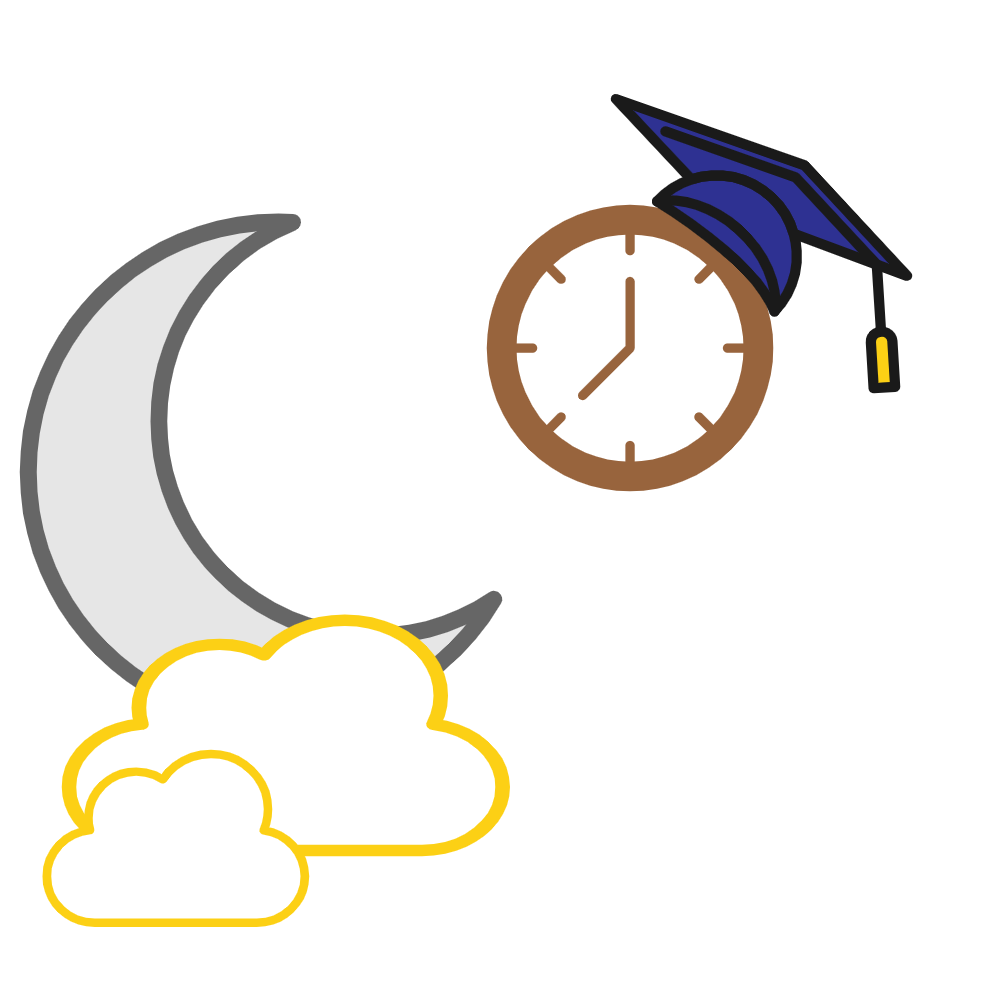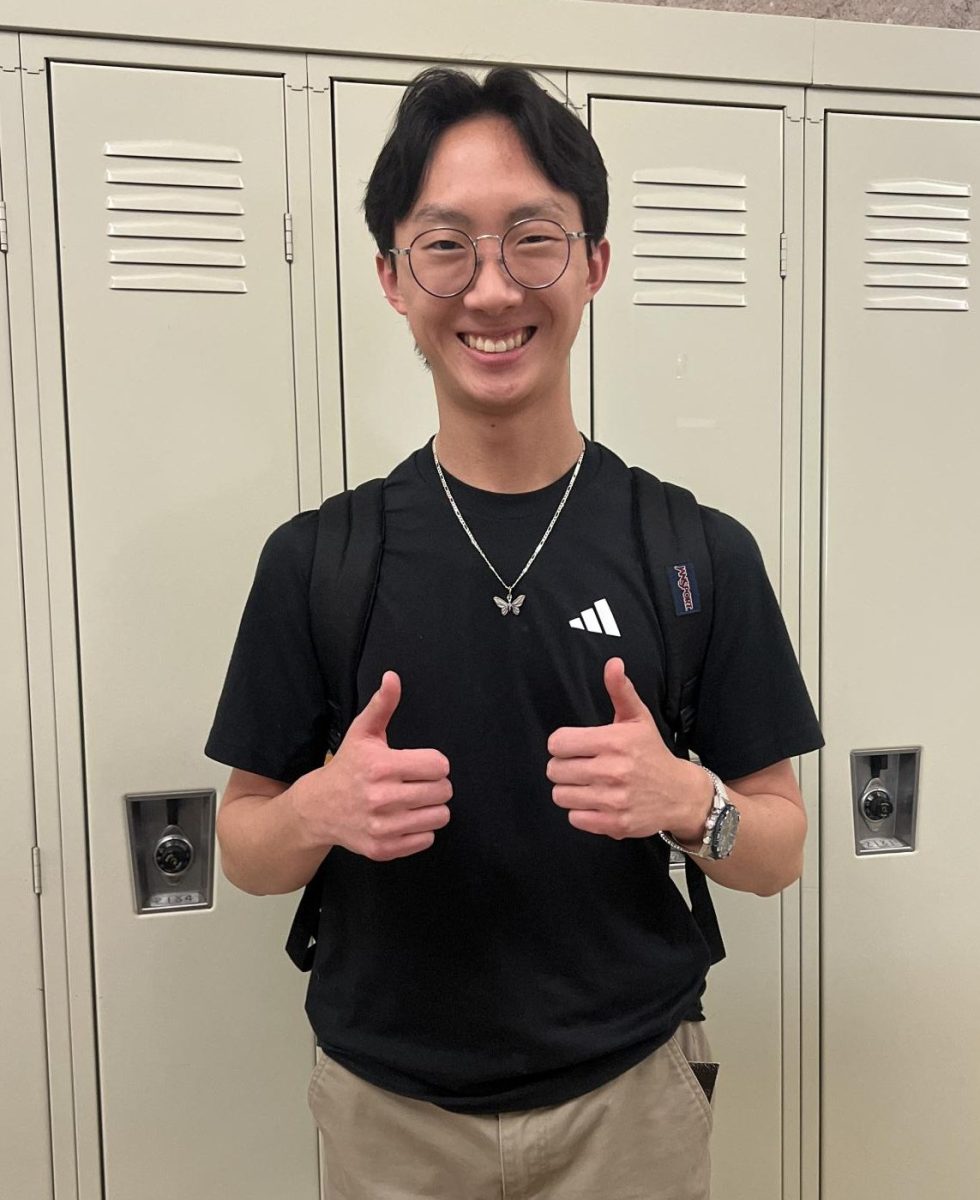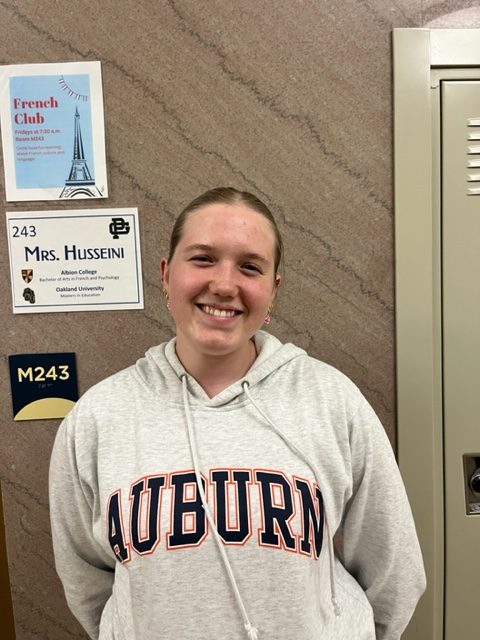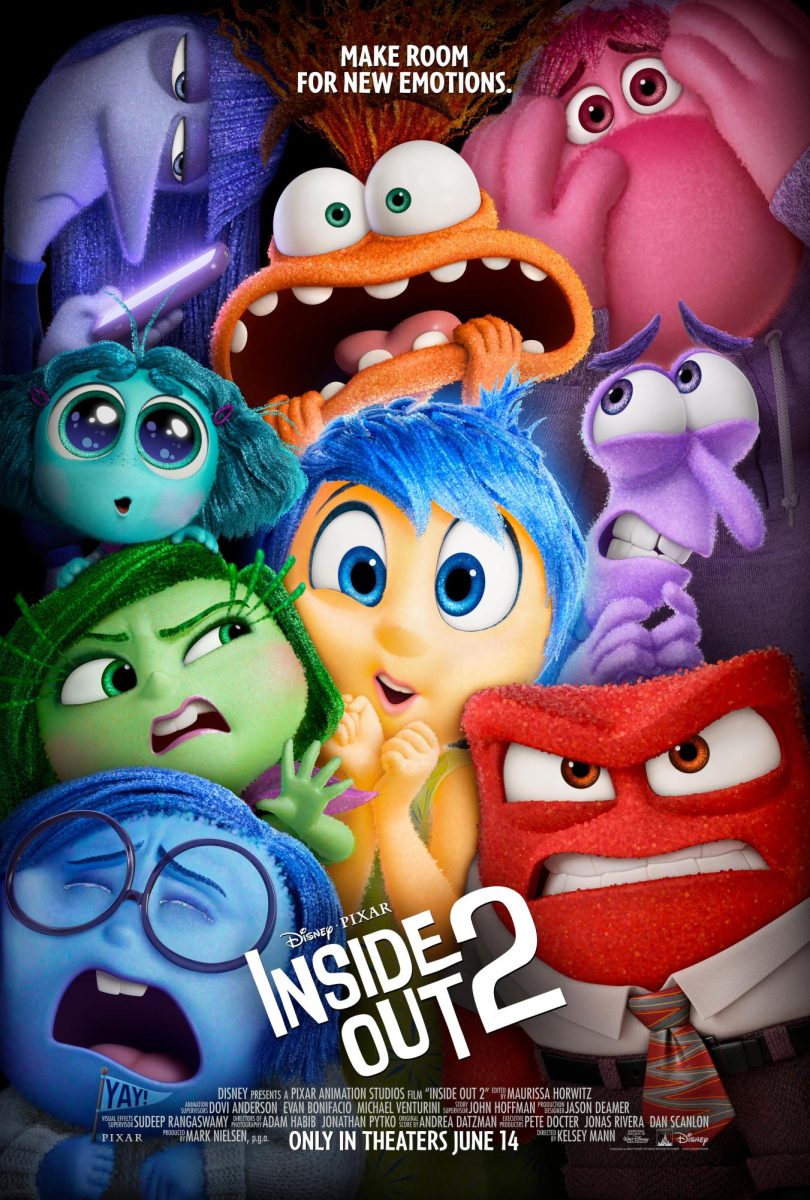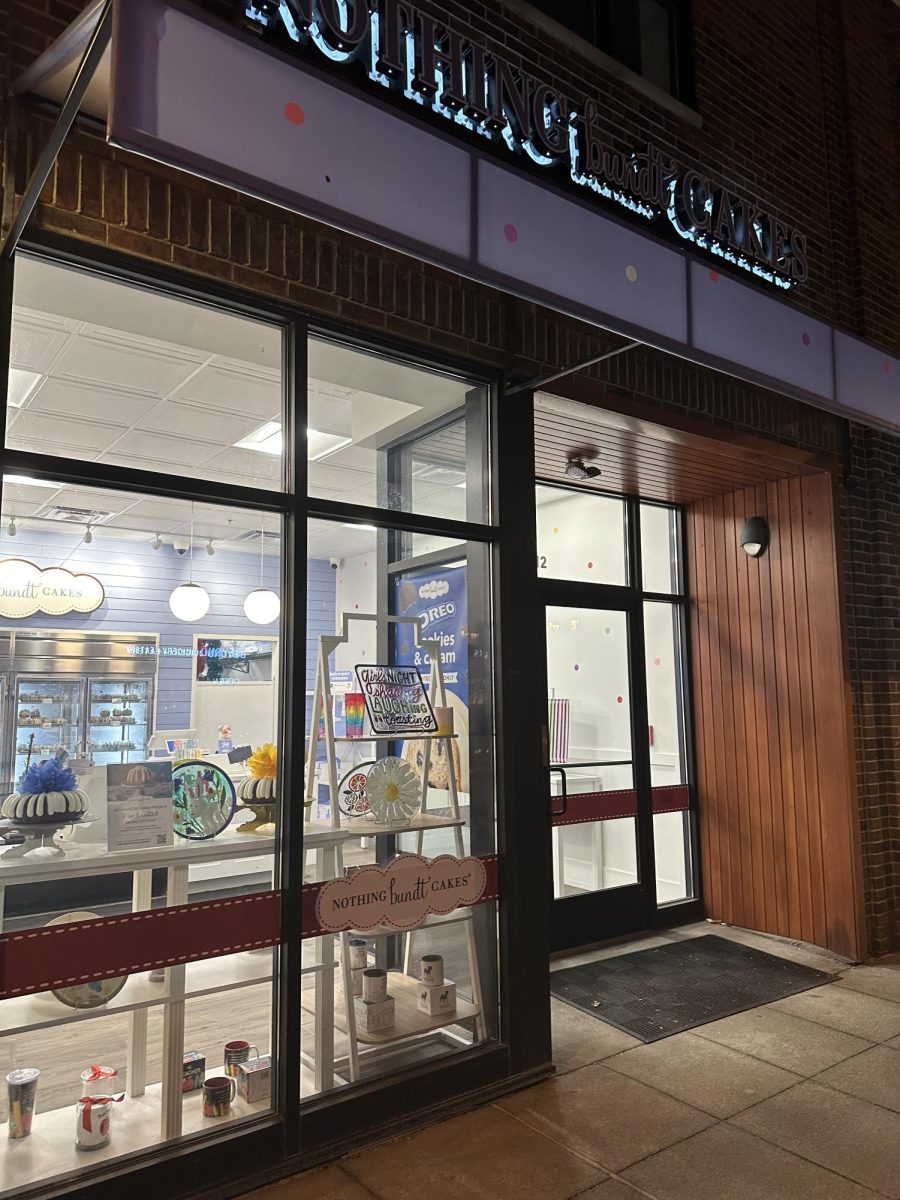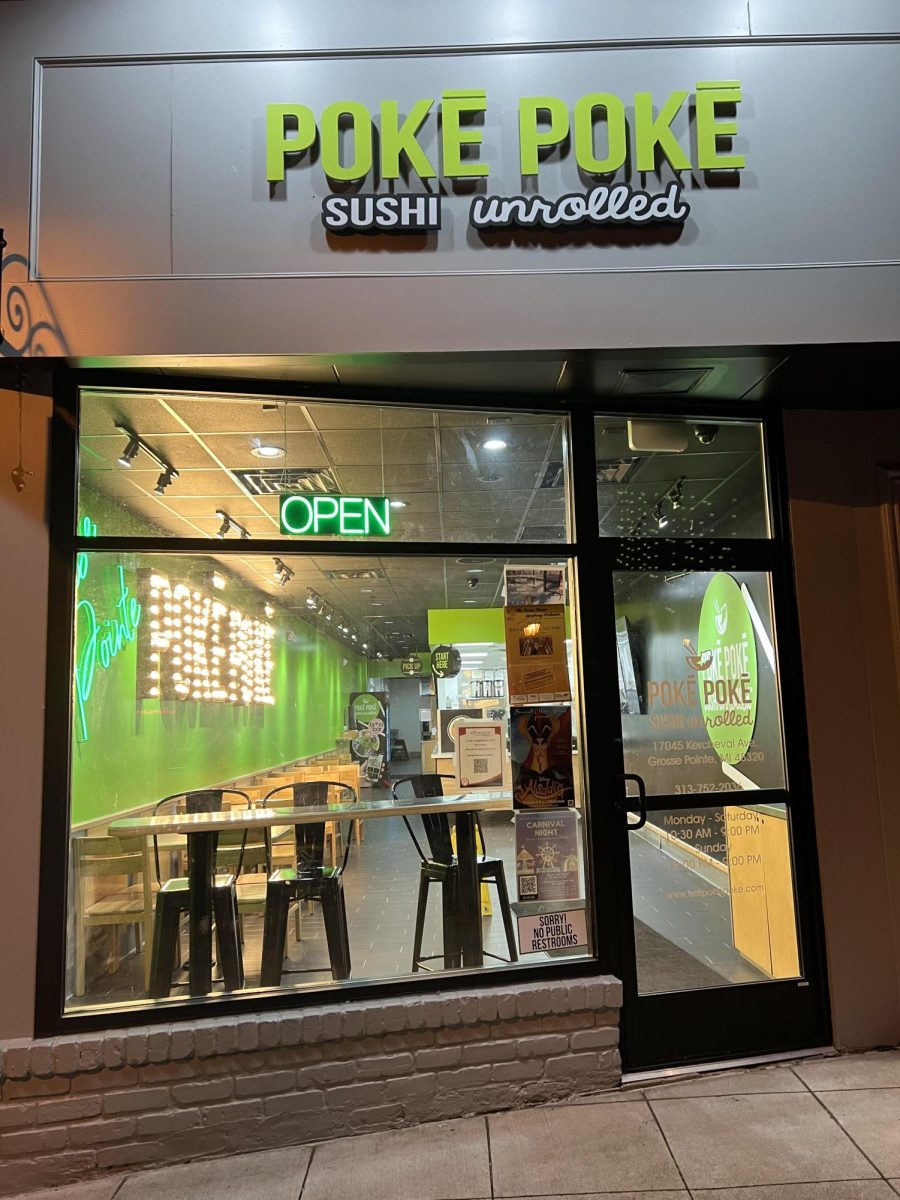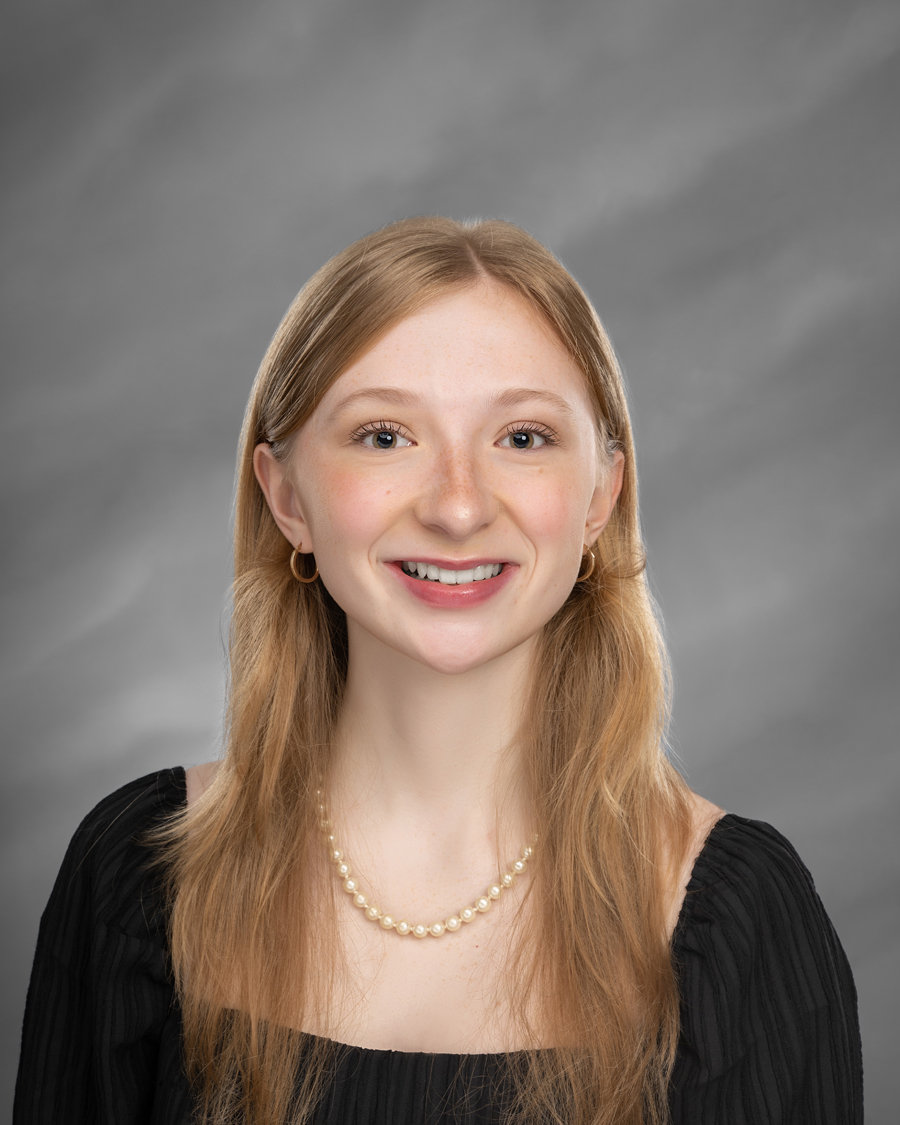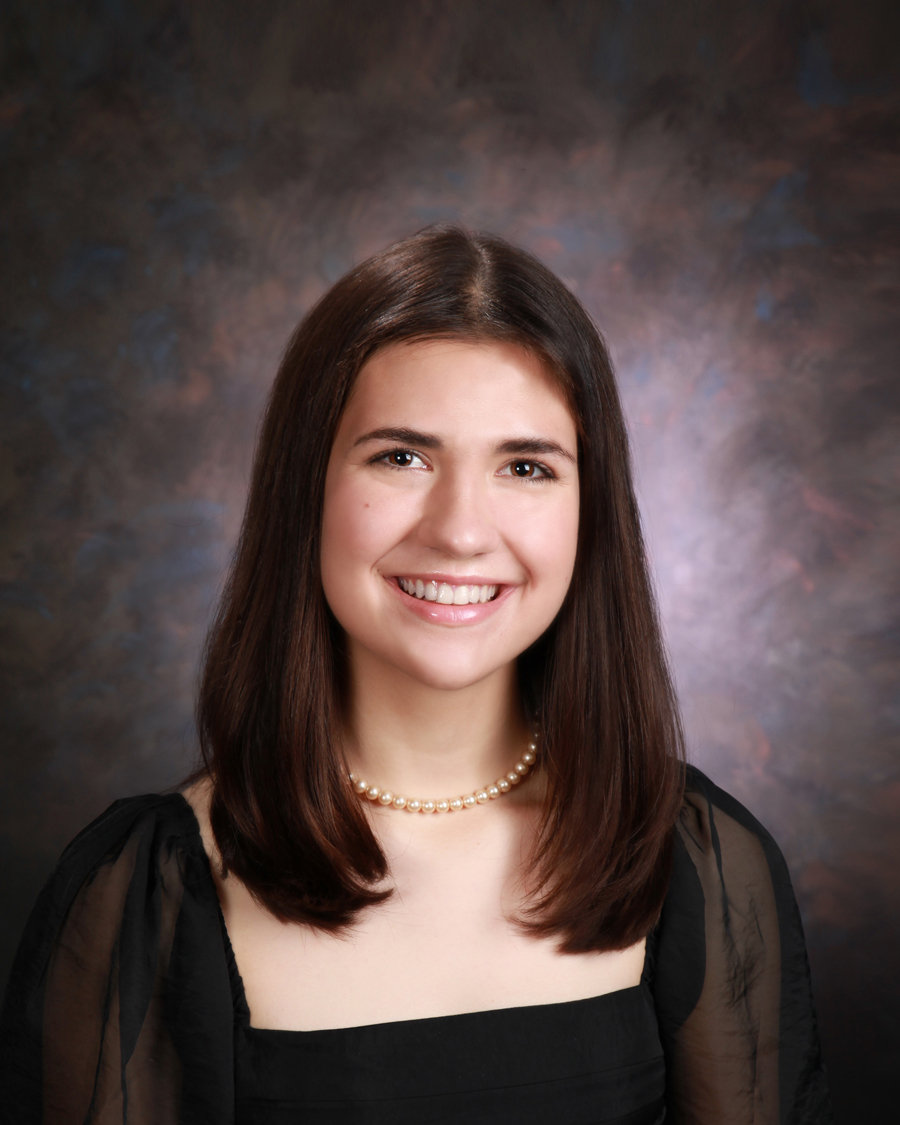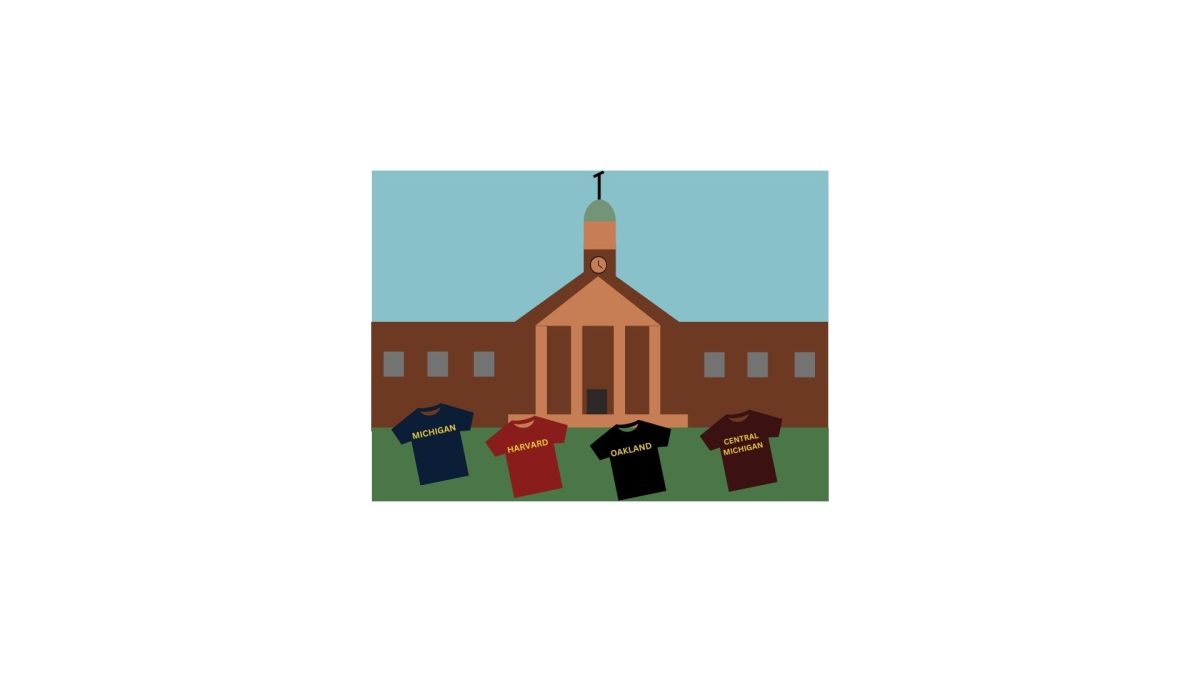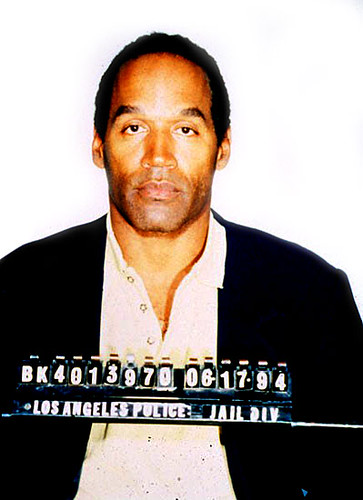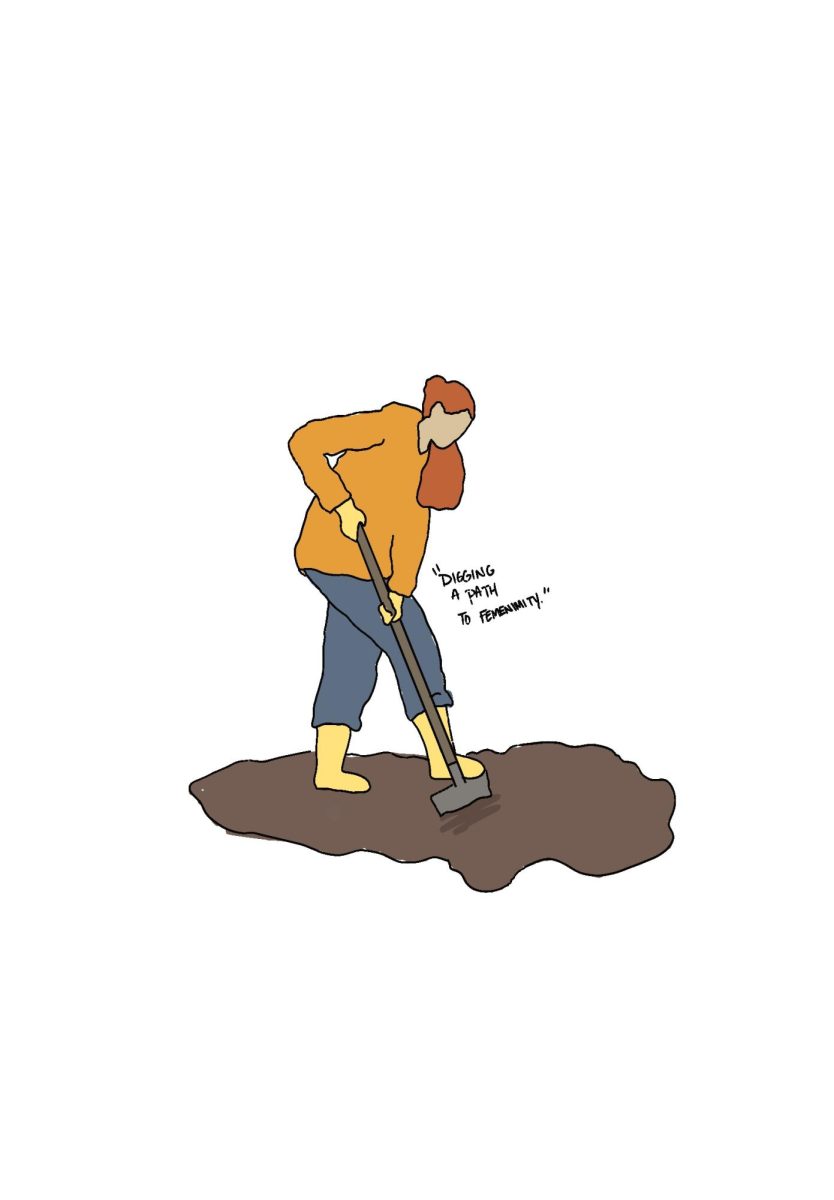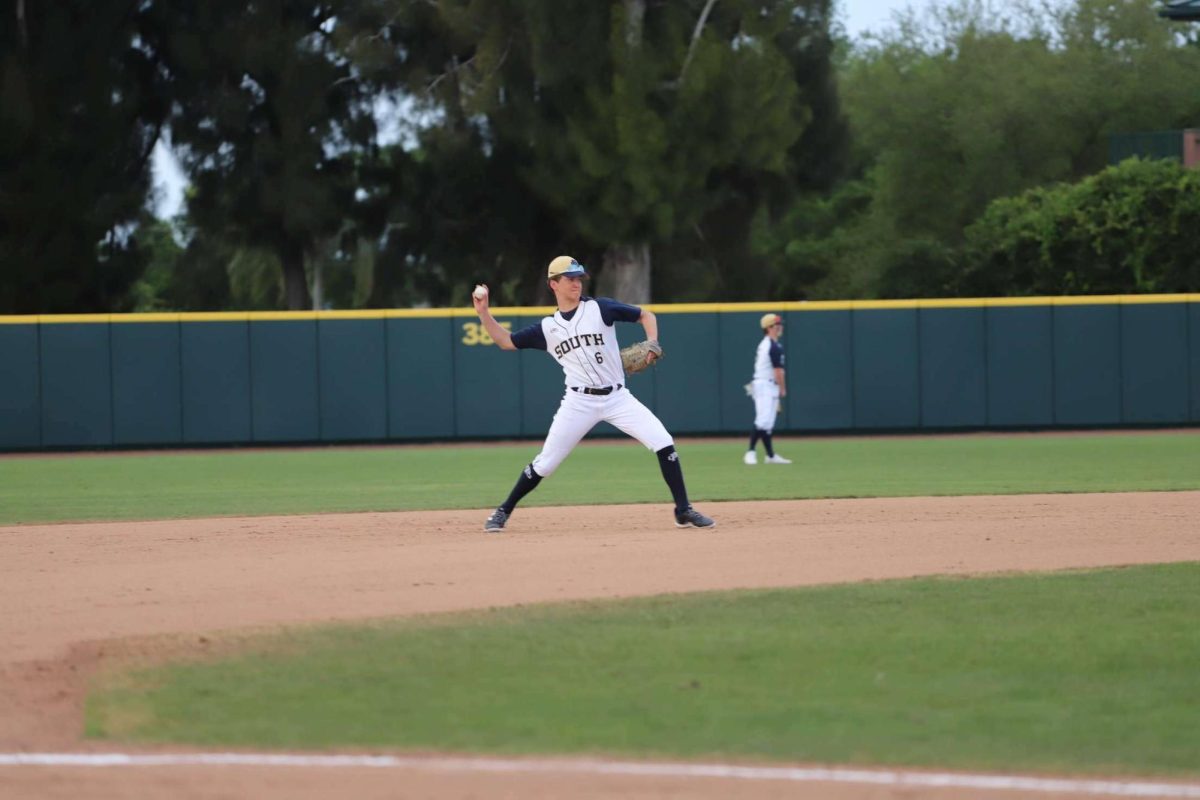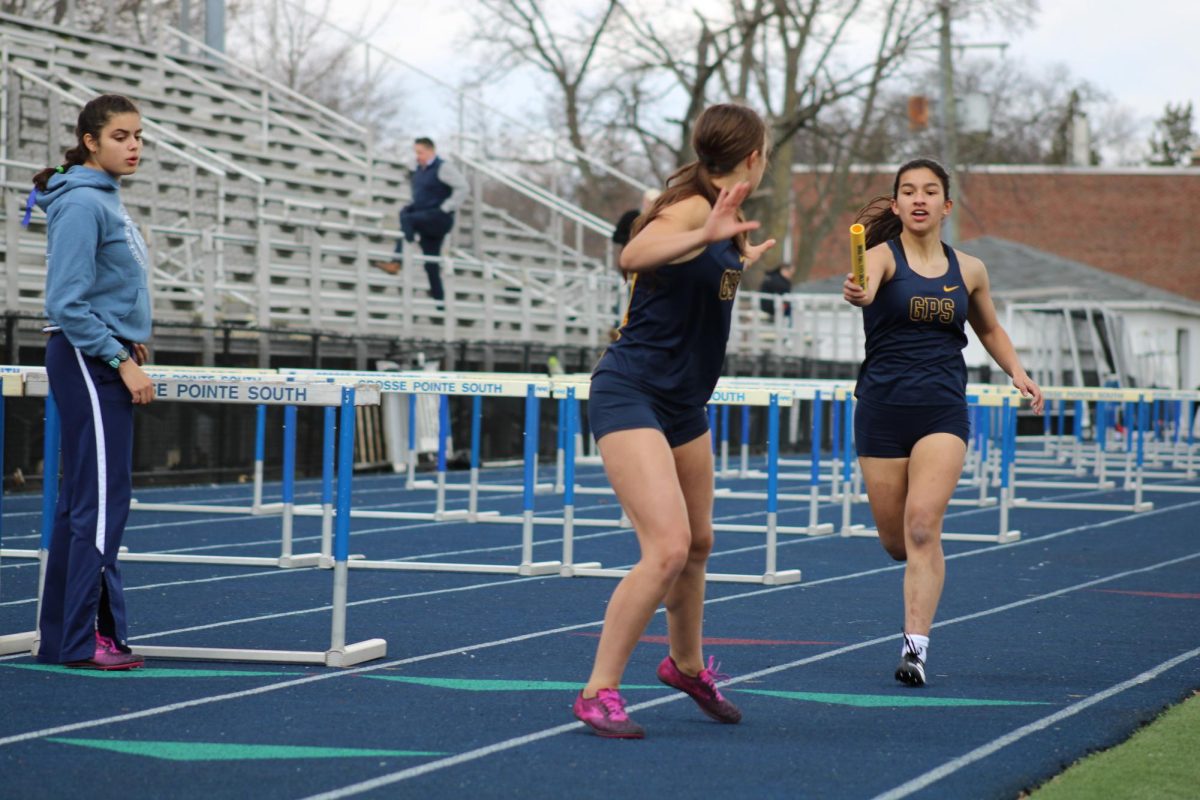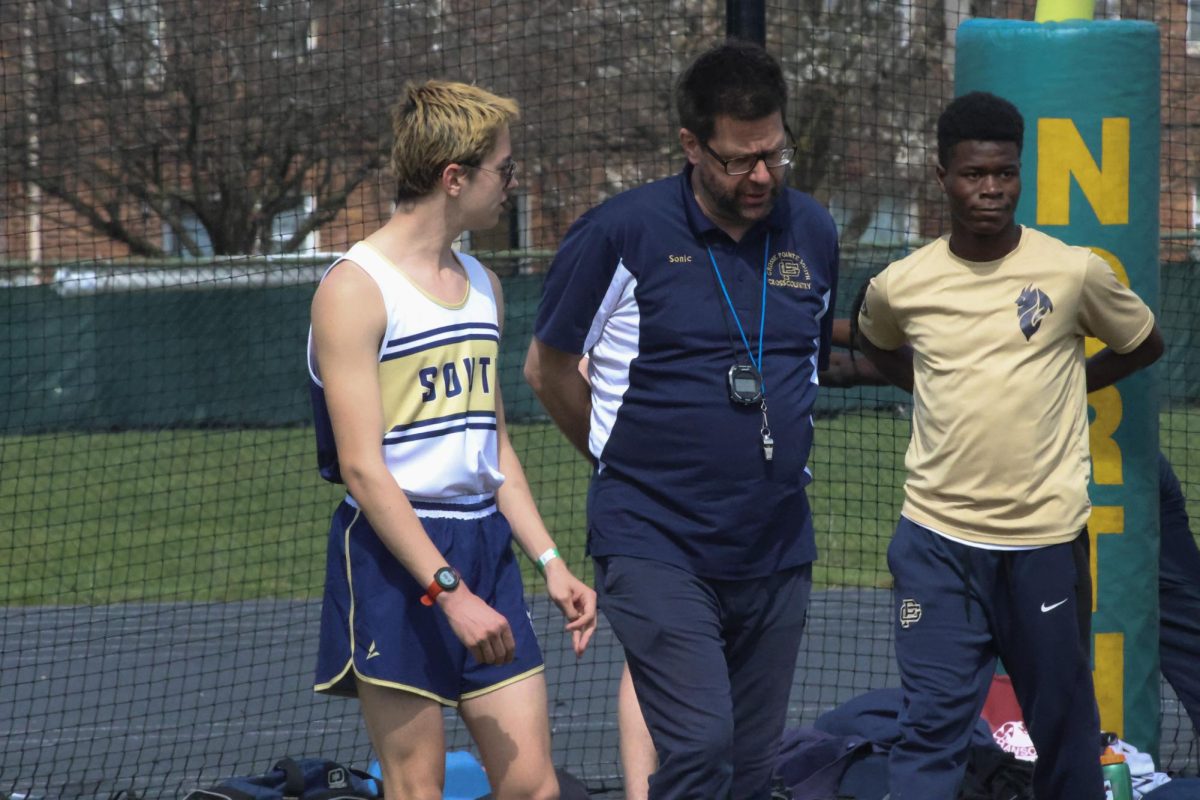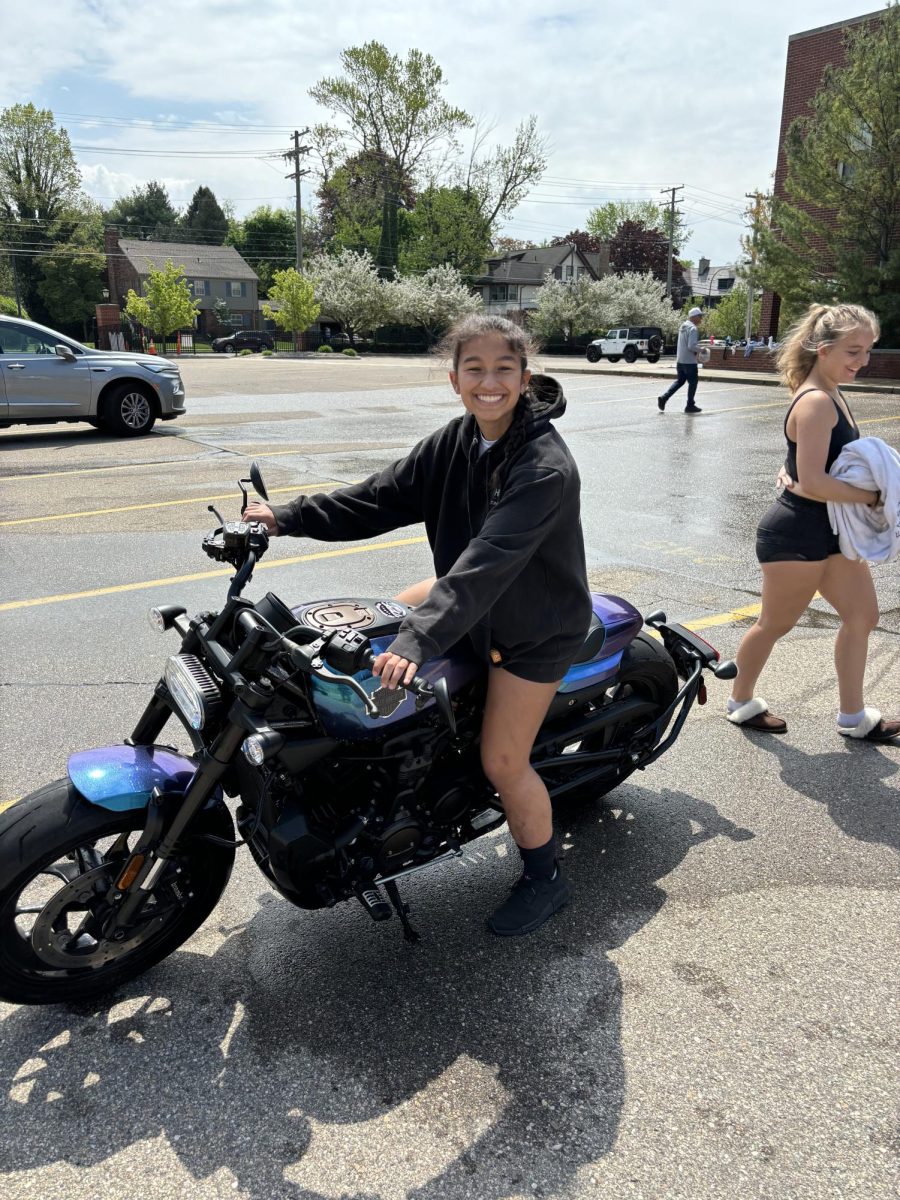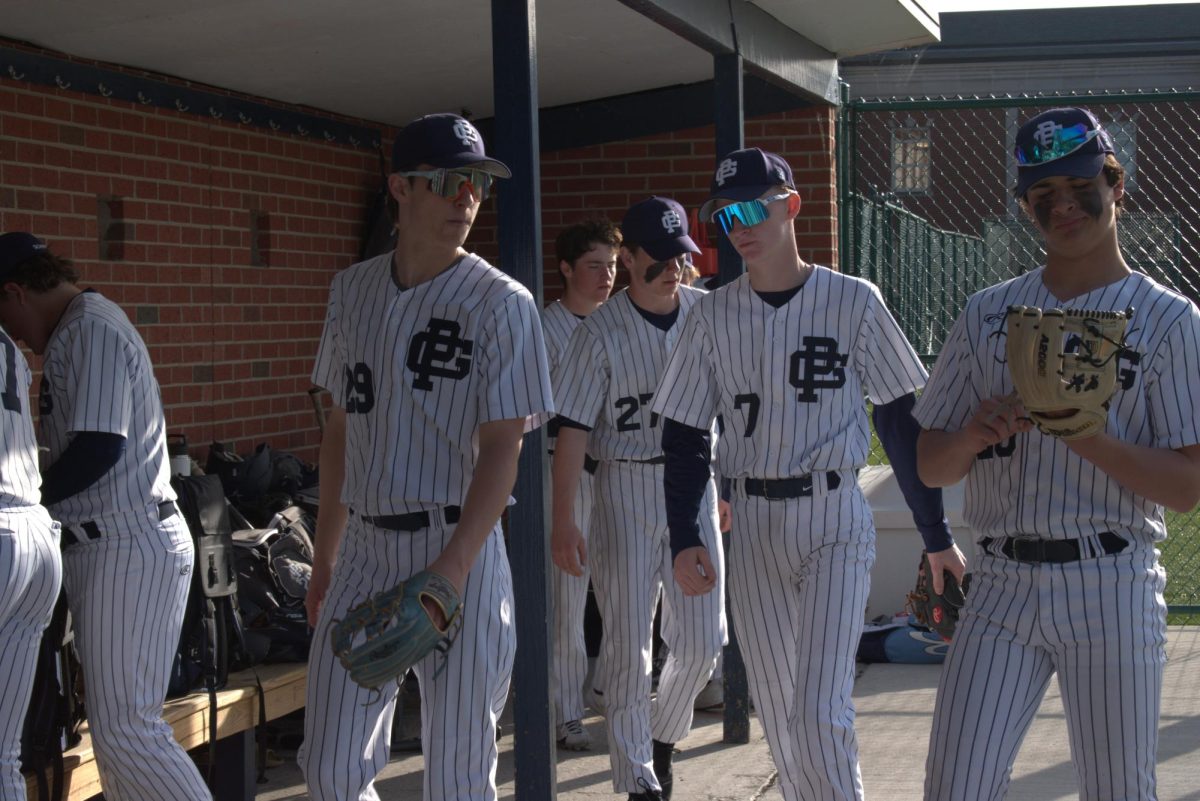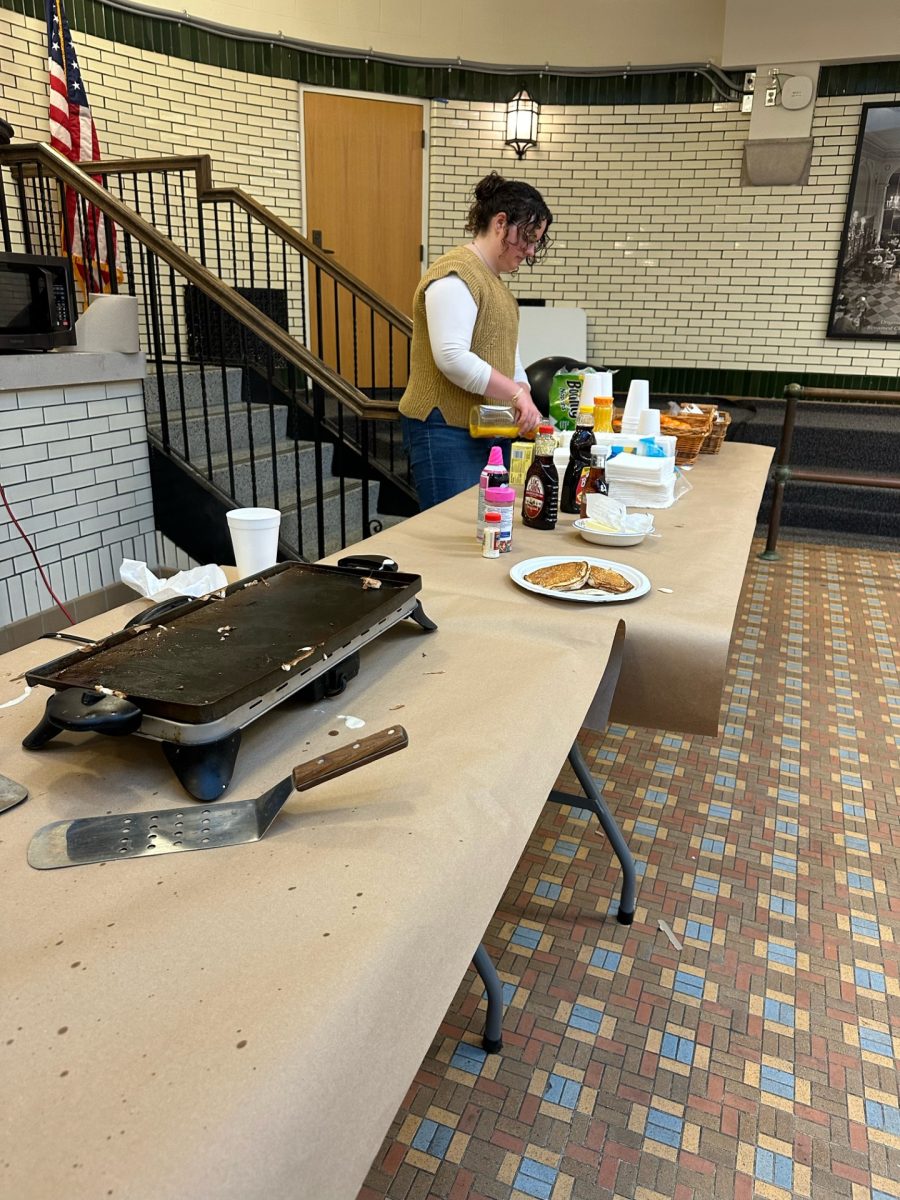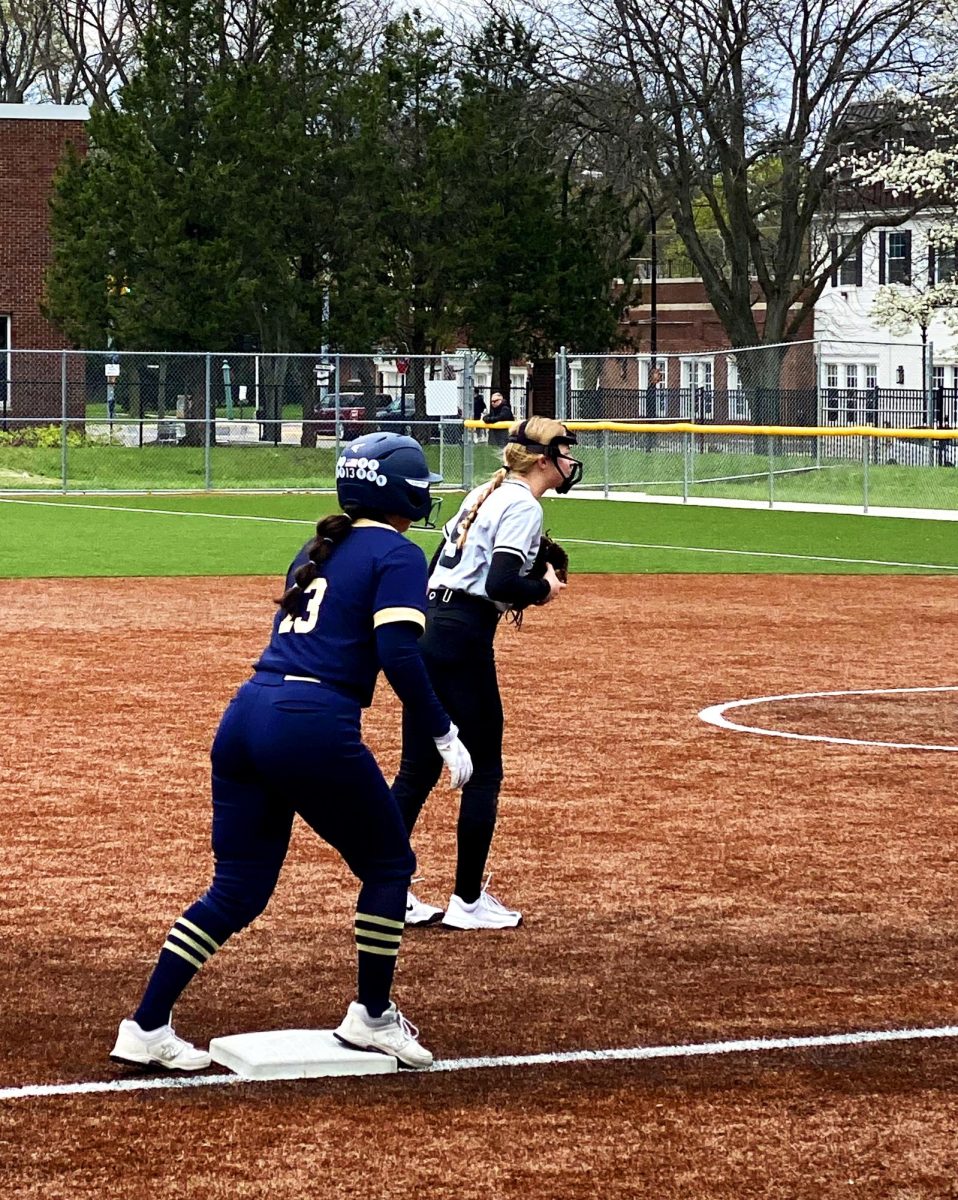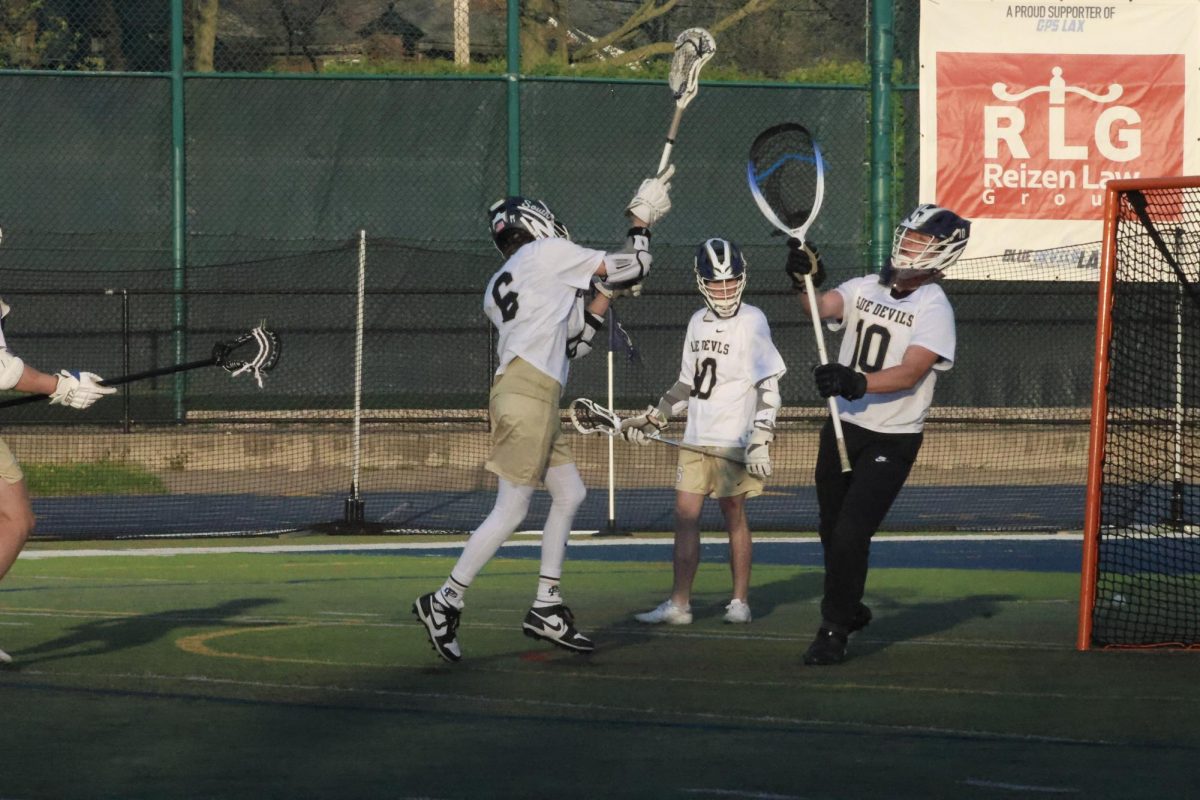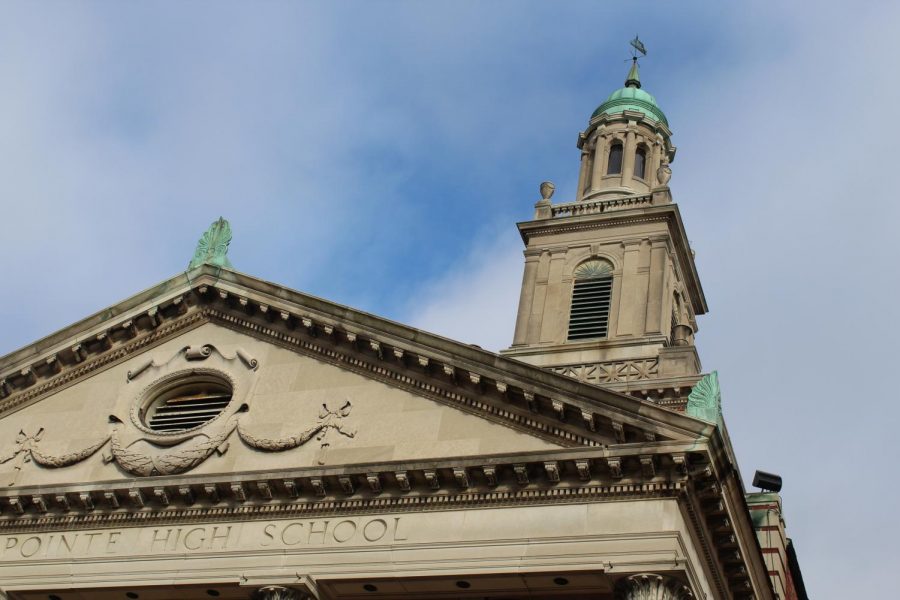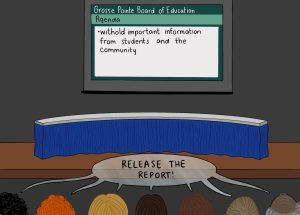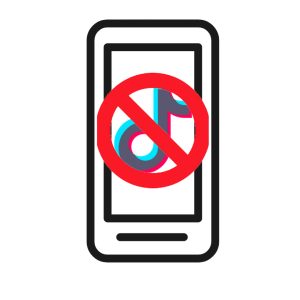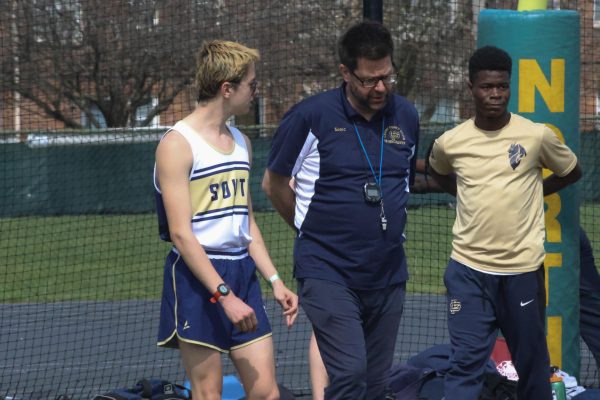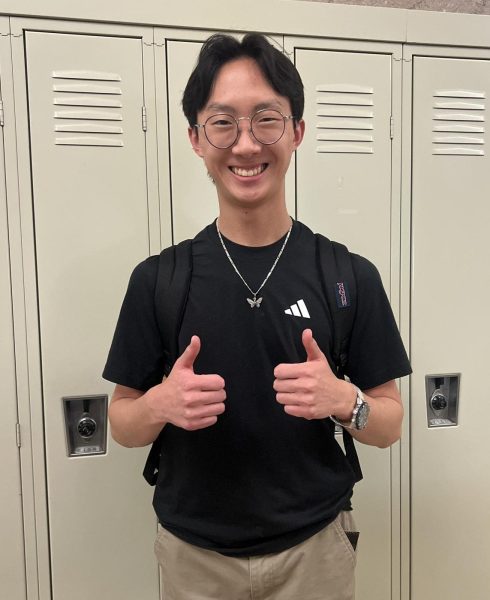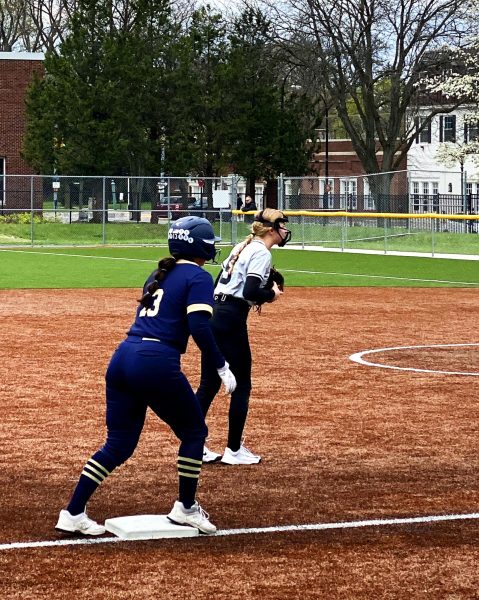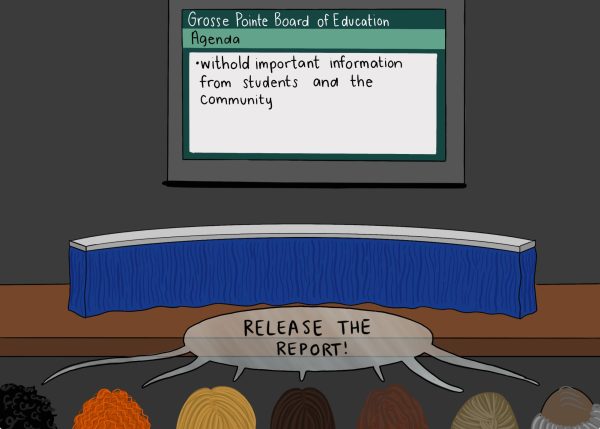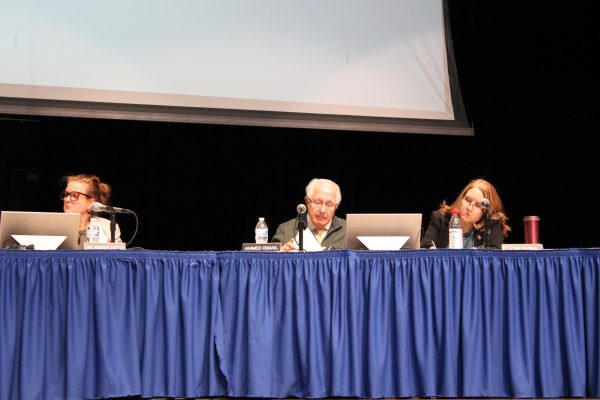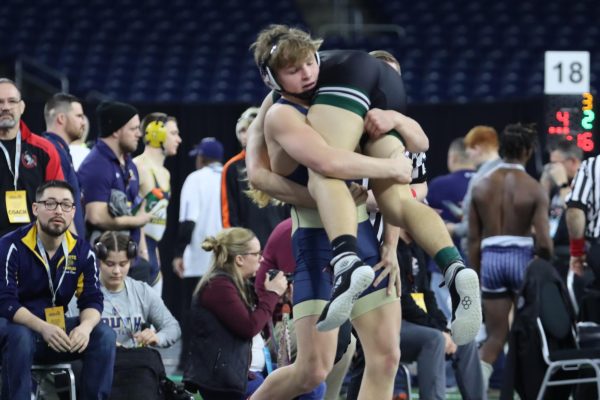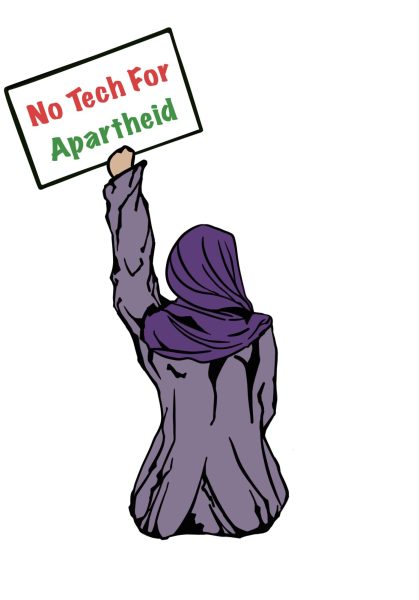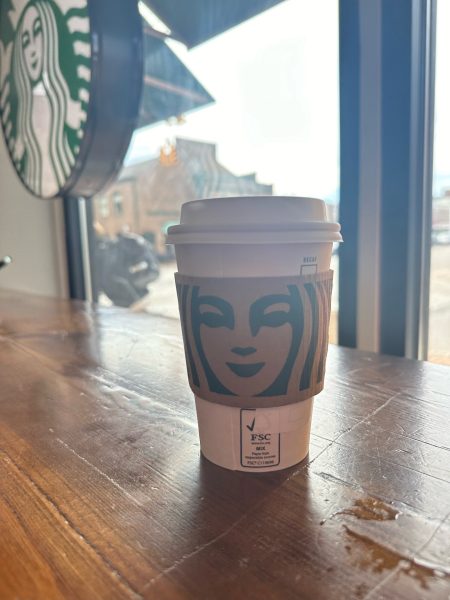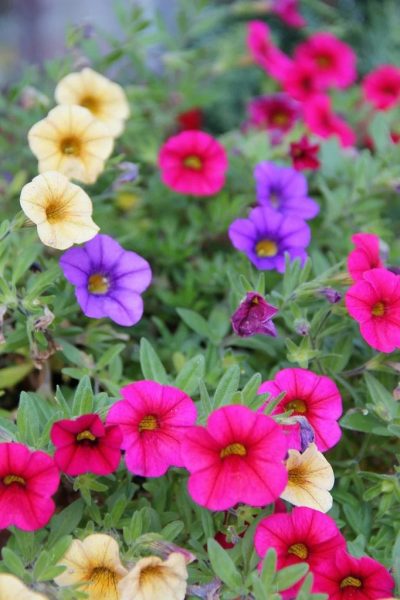Searching for the solution: Improving communication, tackling issues at South
November 9, 2019
At the beginning of the school year, administration meets with each grade for a class period to not only inform students of policies but also address important issues affecting South. Mental health and cyberbullying, along with vaping and drug use, were among the topics discussed in this year’s meetings.
Principal Moussa Hamka said the purpose of the class meetings is to convey “pertinent information” to help students make healthy, safe responsible choices so they can “not just survive at South, but thrive.”
Awmeo Azad ’21 said he is concerned with how lightly people treat issues discussed at the class meetings because they are something that affects students all year. By not taking the message seriously, he believes students are making South a more unsafe place.
“It’s not good for South,” Azad said. “Unless we actively continue with dialogue, it will continue to get worse.”
Bloomfield Hills High School principal Charles Hollerith’s approach to tackling tough issues involves three important parties.
“Number one is the students because they’re closest to the situation, and then the staff leading with the students,” Hollerith said. “Then, finally, community support. Any type of (problem) that a school takes on needs to have those three components in one form or another.”
Hamka said there are many factors that can affect a student’s attention during the meetings, making it hard to have complete engagement.
“I noticed many students on their phones,” Hamka said. “It’s hard to engage in a conversation if you’re not sustaining your attention on the topic— you don’t hear the totality of the message. I also know that, sometimes, the students just don’t want to hear what we have to say, whether that’s from me or their parents.”
At Bloomfield, students are put into smaller groups to get bigger ideas across. Hollerith said he uses the groups instead of the entire grade for meetings, noting that students are a lot more forthcoming because of that situation—especially when they are with other peers they know.
“When we’re looking for student feedback, we try and do it in smaller settings,” Hollerith said. “We have a couple of different mechanisms, which allows us to have those types of conversations and make them more meaningful for our students.”
MENTAL HEALTH
Fiona O’Byrne ’21’s main worry is South isn’t doing enough to support student mental health.
“(We should do) something to show that Grosse Pointe South is here to support people,” O’Byrne said. “(Examples could be) school activities or school functions that could make a mark.”
However, assistant principal Cynthia Parravano and Hamka both said mental health is a major issue South has been working on.
“We realize that with South, there are high expectations in terms of academics,” Parravano said. “We have taken some steps after hearing concerns about anxiety and time management.”
Parravano added administration has also started talking about social and emotional learning, a recent movement to teach students how to “understand and manage emotions, fulfill and sustain empathy for others, establish and maintain positive relationships and make responsible decisions.”
Parravano said the conversation about social and emotional learning will drive other things administration is planning with regards to mental health.
“Last year, students had a Wellness Week,” Parravano said. “I know there are plans to do that again, (maybe) a little sooner. We are looking at how can we provide (more) information or downtime for our students.”
Mental health isn’t just a topic of concern at South; it has also been Novi High School’s focus for the past few years. Sumedha Vadlapudi ’20 and Laya Iyer ’21 are on Novi’s Mental Health Committee, where they created a “Mindfulness Mondays” program consisting of alternating yoga and meditation sessions every Monday.
“We focus on fixed relaxation tools,” Iyer said. “For example, one of our sessions was stress management, so we held a session with stress balls and relaxation exercises.”
Novi has expanded mental health awareness, according to Vadlapudi. One example is ‘You Matter Week’, dedicated to raising awareness about mental illnesses.
“One of the most popular things we had (during that week) was a ‘speak out’ where we gave opportunities to staff and students to speak,” Vadlapudi said. “We also had a guest speaker to talk about mental illnesses.”
Iyer said their school is also planning on having a Stanford neurologist do a nationwide webinar this month.
“It’s a conference call that (a lot of different schools) are tapped into at once,” Iyer said. “The neurologist will speak and then we will open it up to the audience for questions.”
Hollerith said Bloomfield Hills works on mental health year-round. Their teachers have been trained in mental health first aid and suicide prevention, but the school is also host to many programs.
“We have partnered with our local youth assistance program,” Hollerith said. “We also have a student club called ‘Real Talk’ where students can come and talk about issues that are affecting them. In the spring, a whole week of mental health activities is put on to help support healthy living.”
Hamka said one way South incorporates mental health dialogue into the classrooms is through the counselors, who come in to English classes and talk to freshmen about the issue.
“It’s just for freshmen, and then we do a refresher with the other kids,” Hamka said. “The priority right now (is) mental health.”
Hamka said South is planning a “myriad of activities” around mental health and is hopeful the school will have a more consistent level of support by bringing in various activities throughout the year.
“We had great success with Wellness Week, so we will see how we can replicate that,” Hamka said. “But, we’re also trying to bring some more sustained efforts that don’t just occur one week a year.”
CYBERBULLYING
Hamka said the school has considered bringing in a speaker regarding cyberbullying, but health class is a place in the curriculum where it is taught. However, he believes there is an issue with that because many kids opt out of taking the class.
“I think that’s where we’re missing the opportunity,” Hamka said. “Bringing in a speaker, or having school assemblies, takes away from class time. Going into a class to have a discussion on the topic in a smaller group setting would be more effective than having 400 kids in an auditorium.”
Hollerith said cyberbullying is one of the issues Bloomfield needs to continue expanding their resources on.
“Our motto is ‘if you see something, say something’, and part of that is getting that mindset into students,” Hollerith said. “The other thing is that when you do run across an issue, you take the appropriate disciplinary action, but also (incorporate) restorative practice.”
According to Hollerith, restorative practice is when the bully, the victim, parents and other support staff sit down and have a conversation together. He said they have helped prevent recurrences at his school.
“It’s all about building community,” Hollerith said. “Every school wants to achieve that level where all students and staff feel like they have a place in the community.”
Hamka said South also uses restorative practices regularly. For example, he said they are using these methods regarding a shooting threat incident that occurred in September.
“We are working with the student who made the concerning comment and we’re working with all parties involved,” Hamka said. “You can’t do a restorative practice unless you bring both sides to the table.”
SUBSTANCE ABUSE/VAPING
Molly Wysocki ’22 said she believes the vaping and drugs discussion is important, but is information students have heard before. She said that information isn’t necessarily going to stop students who are choosing to participate in those activities.
“Maybe the statistics discussed might have an effect, but none of the other information was very effective,” Wysocki said.
Azad said he thinks this discussion is an important thing to put out there, and doesn’t fault administrators for not wanting kids to do drugs and vape. However, he said there’s a certain way these things need to be expressed.
“There should be an atmosphere of support where we understand that maybe the people who vape and do drugs aren’t always doing it for fun— there may be underlying reasons,” Azad said.
Parravano said last year South experienced several instances regarding substance abuse, but this year it seems that vaping is the bigger issue.
“Outside of going into a classroom and searching (for vaping materials), there is no way to combat it,” Parravano said. “You just have to inform students of the consequences of their actions and hope they make responsible, healthy choices.”
Parravano added that a new set of anti-vaping posters were put up around the school this year.
“But just like with anything…it’s up to the kids to make healthy responsible choices,” Parravano said. “I can’t force a kid not to vape. I can only educate them.”
Owen Parent ’23, however, doesn’t think the posters are an effective approach. He said having a fellow student talk about their experiences with vaping would hit close to home for some of the students.
“(Students) will see these posters, and it could be an actor or someone random,” Parent said. “But, what if it’s your best friend who goes up and says they’ve been vaping for a year and have lung problems? That’s actually scary. I think a lot of people would take it more seriously.”
Hamka said there was a student who shared his experience with drugs a few years ago, but that’s not an option South will always have.
“We try as often as we can to bring student voices in, but it doesn’t happen as frequently as we would want,” Hamka said. “It would be interesting if we could develop a committee of students who would want to present next year.”
Hamka believes the issue of vaping is a partnership between parents and the school. He said parents have to support the expectations of the school and also set healthy boundaries at home.
“We cannot do the work we do without the parents,” Hamka said. “We need all of us sending the same message to truly be more impactful— community members, leaders, parents and fellow students.”
HOW TO ACHIEVE THE SOLUTIONS
Hollerith said it’s almost impossible to solve a problem without including the students.
“Every school’s culture is different, but I don’t know how you can solve a problem without engaging students in the solution,” Hollerith said. “If you want an honest answer about anything, ask a student.”
Hollerith added another important thing is invoking dialogues directly in the classroom.
“The more topics are incorporated into the classroom, the more people can get engaged with those topics and the more positive effect you will have,” Hollerith said. “It brings a higher level of engagement.”
Parravano said she thinks South needs to keep working together and emphasized that administration’s doors are always open to feedback.
“If there are certain solutions that students have ideas for, certainly feel like you can bring them to us,” Parravano said. “We will take them into consideration and see how we can make it happen.”
Wysocki said it can be daunting to reach out to administration because they are the ones enforcing the rules. She said students shouldn’t be afraid to take that step because it’s the administration’s job to help them.
“Kids don’t like rules, so administration isn’t necessarily people that kids are going to be comfortable with,” Wysocki said. “But they do a pretty good job of standing in the hallway during passing time and trying to reach out to kids. It’s up to the kids to take that (initiative) and interact with them.”
Hamka said students need to want change to happen at South, otherwise nothing productive will happen.
“No one is going to change your current environment or situation unless you have a hand in it,” Hamka said. “If you want a voice at the table, you have to be willing to put in the work as well. A lot of people want change but don’t want to contribute to the change.”
Azad said he is hopeful, like Hamka, that students and administration can recognize their place and importance in the dialogue about issues at South.
“The administration is trying to make efforts to create a better environment at South, and they’re doing a lot,” Azad said. “Obviously, there’s more that can be done and there’s more that, hopefully, will be done. Even if information isn’t being communicated perfectly, we still have to be open and we still have to get as much out of our current situation as we can.”

